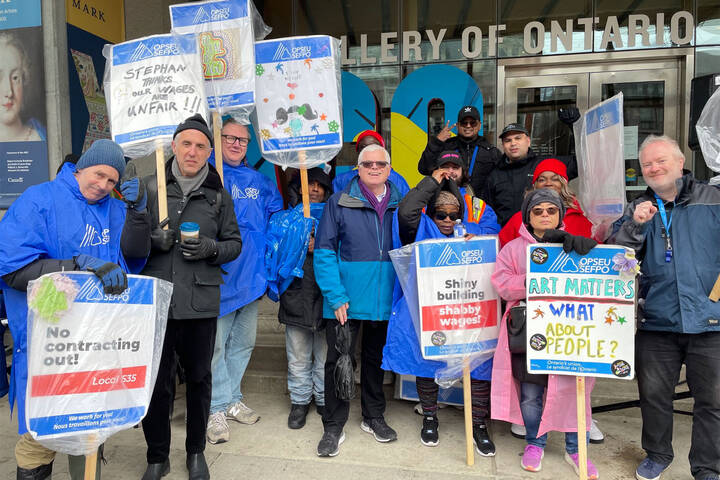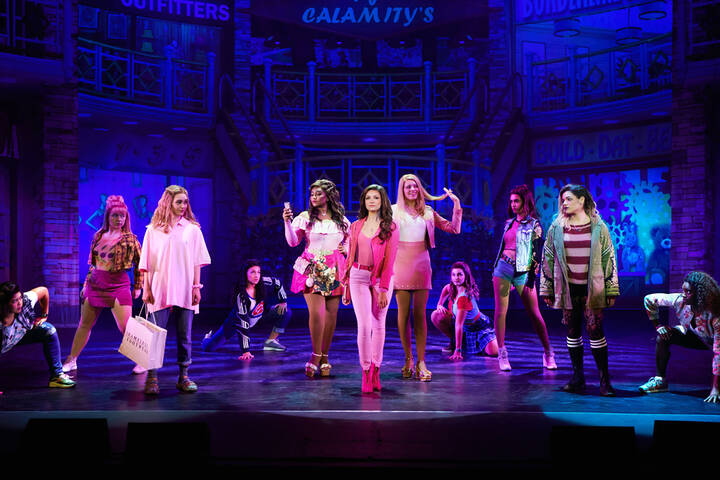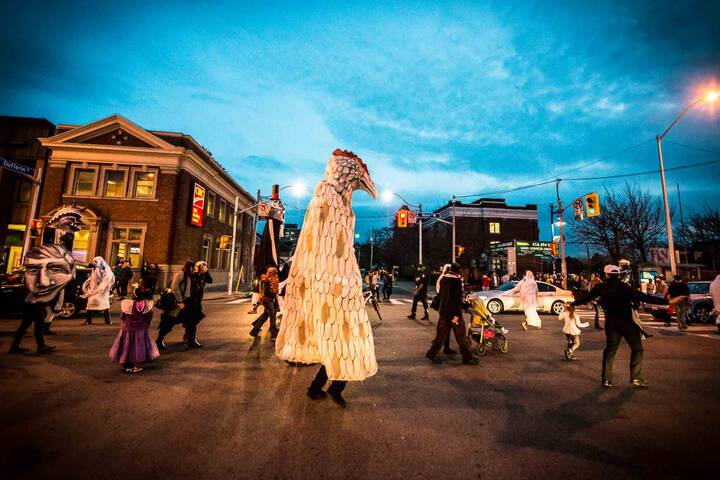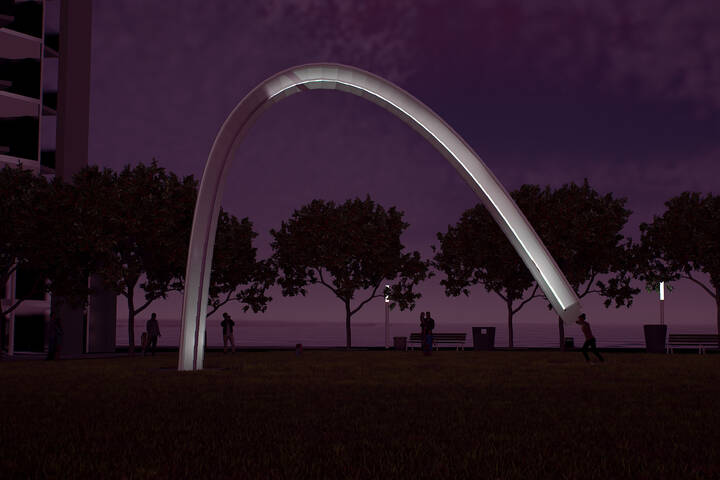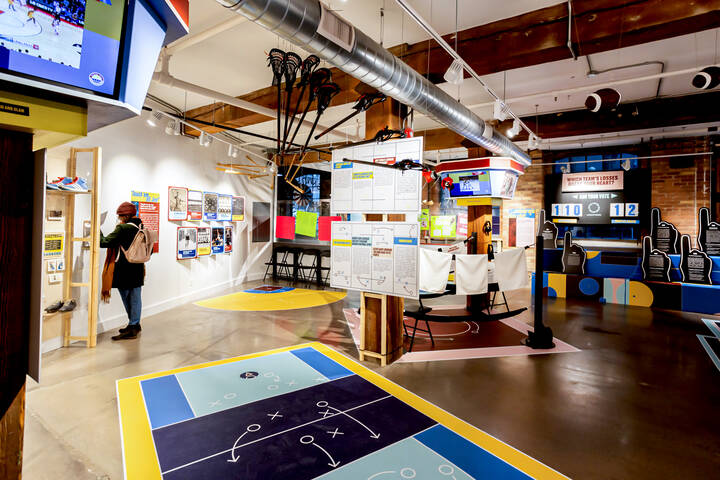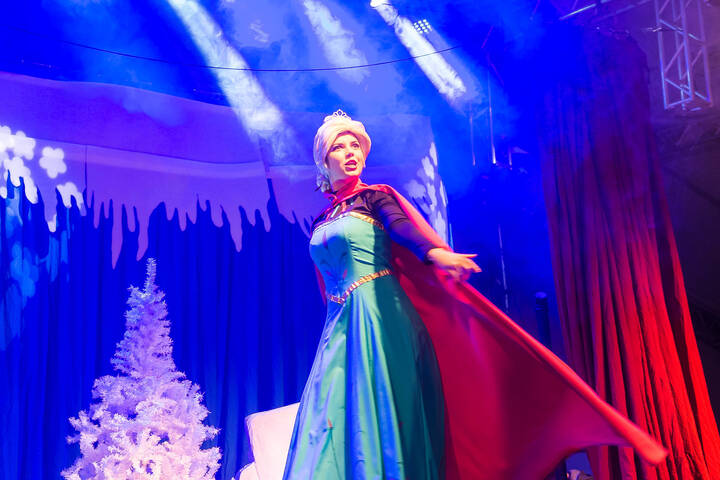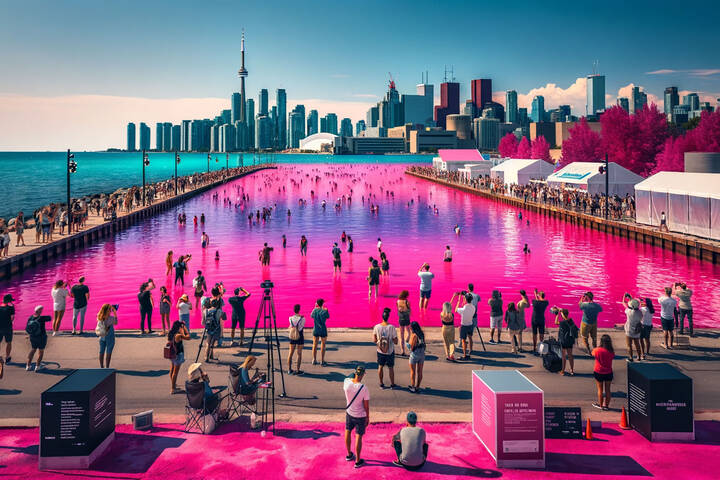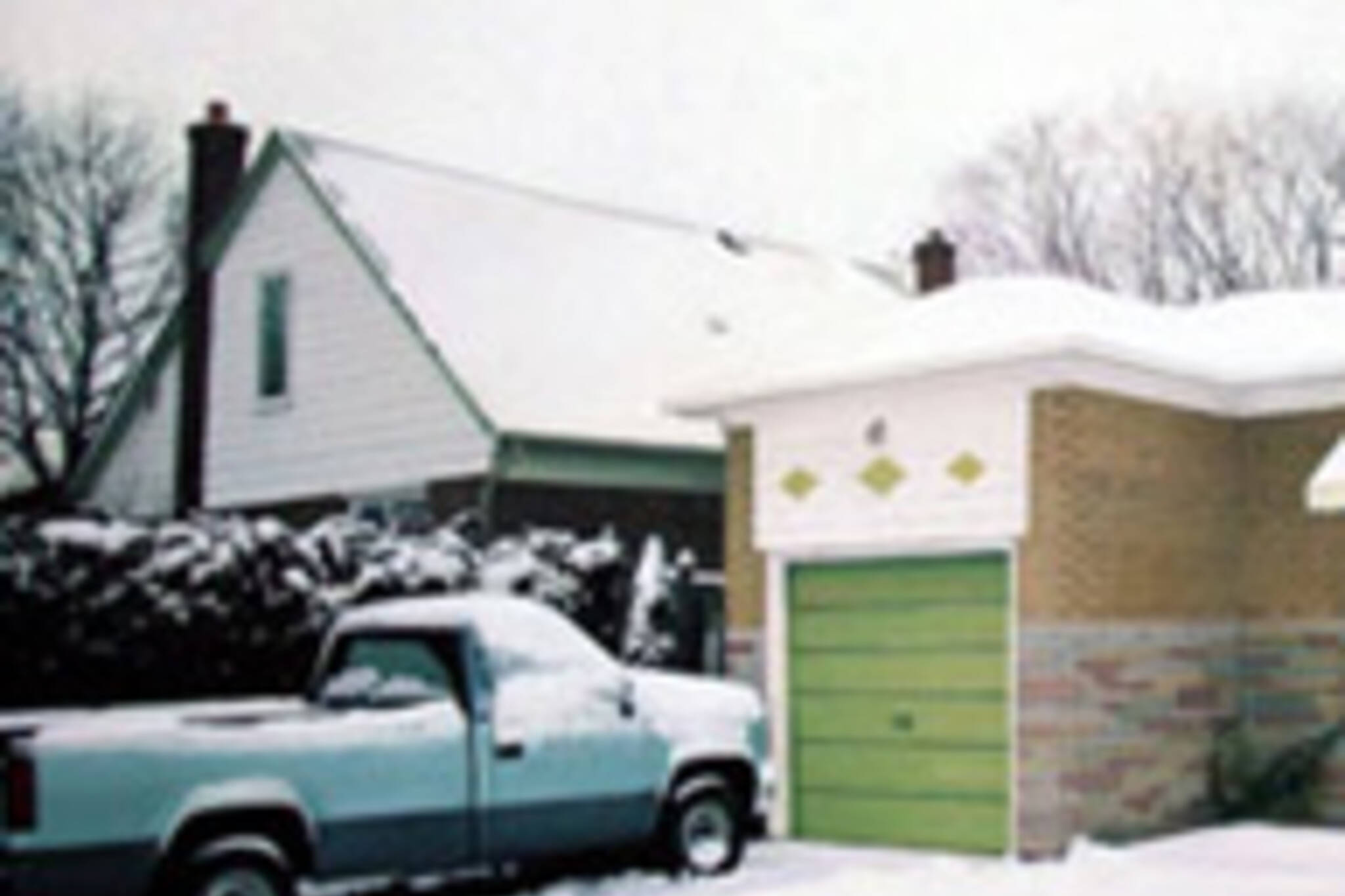
Mike Bayne Interview
Now that winter is but a memory for another few months, it's safe to exhibit its images I suppose, without the groan of ennui that sets in come March. Opening at Katherine Mulherin's gallery on Friday is a show by Mike Bayne, the PR for which reads:
"Mike Bayne's paintings are an exercise in photo-realism. His works are painted in the genre associated with the seventeenth century Dutch school of painting. His work is a study in the effects of natural versus artificial light, and an attempt to convey a sense of human absence and isolation. Mostly, though, the paintings address the banal or commonplace objects and spaces of everyday life, and demonstrate how under close examination they are transformed. His most recent work depicts an isolated Canadian winter landscape."
I first encountered Mike Bayne's work with the show he had last year at Mulherin's, consisting of interior scenes mostly of the kitchen from what I remember. A few months later, I saw a piece, a winter scene, which quite literally blew my mind. I gasped thinking I was looking at a Vermeer, which is understandable since Bayne is consciously trying to work that way. At the time, I thought of an article I first read a couple of years ago, written by a British curator (Julian Spalding) who, while coming across as a stodgy old conservative, nevertheless articulated the 'anti-post-modernism' backlash that began to appear in online 2003, which I understand to be a way for this decade to define itself against the fashions of yesteryear, yesterdecade, and yestercentury. In the article, he stated:
"Looking at a great work of art makes one feel more fully aware of one's thoughts yet no longer wearied by them, more exposed to one's emotions yet no longer drained by them, more integrated, more composed - more, in a word, conscious. It is the light of consciousness that great works ignite in our minds. "
Or, as Donald Kuspit wrote in 1999, bemoaning the tired old avant-garde (a term, we should remember, that comes from the era of World War I), and the rise of the 'New Old Materism':
"The attempt to create beauty as perfectly as possible has led these artists to emphasize craft -- not at the expense of vision, but as its instrument. Sol LeWitt once wrote that "When an artist learns his craft too well he makes slick art," but the New Old Masterism makes it clear that one can never learn one's craft too well, and the result of doing so is not slick but uncanny. For superior craft intensifies sight so that it becomes insight, which is what occurs in highly crafted Old Master art."
Seeing Bayne's little painting that time ignited my mind in a way that made me understand what Spalding was talking about. Further, the intensification of sight toward insight seemed applicable as well. So I'm looking forward to this new show,am fan of Bayne's work, and as someone who dabbles with paint myself now and then, I emailed him regarding for interview, conducted via email. The questions and answers are below.
------------------------------------------------------
First of all - some background. Where are you from?
I was born and grew up in Ottawa, lived in Kingston for a few years and have lived in Toronto for the past year.
At the time of your last show at Katherine Mulherin's, you were doing your MFA at Concordia so I'm curious as to whether you are still there and where you did your undergrad. And that leads into - plans for the future? Do you intend to teach? Do you think you can make a living selling your work?
I'm not in Montreal and I never really lived there. I commuted from Kingston, where I did my undergrad at Queen's, to Montreal for the three years of my MFA. In terms of teaching, I would like to but have not received an offer from anyone. As to whether I can make a living from selling my work I would like to think it is possible though I have been repeatedly told that I have to do bigger paintings and more of them if I want this to be possible.
I'm curious as well as to how you approach painting - have you ever gotten caught up in ideological struggles with people who think painting is lame, or generally have you had a very supportive environment? I ask this in a sense because your work is self-consciously reflective of the Old Masters, so have you spent years dealing with the 'why bother' question, and in particular, 'why not take a photograph?' Why, in the end, have you chosen painting?
I have met people who say painting is dead and the future is audio or installation or digital or whatever but I disagree. I don't think painting or any medium for that matter should be dominant over any of the others. I think there is room for a plurality of mediums that can coexist and be weighted equally. Otherwise, though, I have generally been exposed to a pretty supportive environment even if the profs. or other students weren't working in the same style or medium as myself.
As to why I don't just take a photograph, I guess I could, it's just that I enjoy painting, and I enjoy painting from photographs specifically. Whether the end result is better than the original photo or even worthwhile, I'm undecided. On the one hand, I feel justified in that I'm continuing a tradition of painters using cameras dating back at least to the fifteenth century and artists like Vermeer and currently practiced by artists as diverse as Richter, Close, Saville, Paul Fenniak, Rod Penner, as well as a number of others. On the other hand, I think anyone who spends eight to ten hours a day, alone, staring at a one inch by one inch square area and trying to reproduce it using vegetable oil and ground pigment would seriously question what they are doing with their life.
Do you work in any other media?
No. I did the obligatory print making, sculpture and experiments in painting required during undergrad but have never really been interested in practicing anything other than oil painting since I started using the medium at around sixteen or seventeen years of age.
What is your method? You obviously work from photographs. Projection, transfer, square-up or freehand? What's your smallest brush size, what's your largest? How long do you work on a painting?
First, I have my negatives blown up to eight by twelve inches. I then create a grid on a piece of mylar and lay it over the photo. I trace an identical grid on a primed piece of masonite and then draw, in graphite, the information in every square of the mylar grid in the grid on the masonite. I then remove the mylar grid from the photo and 'block in' the drawing on the masonite in thin washes of diluted oil paint. Once that is dry (one day), I begin the 'over painting'. The paint is mixed thickly in this stage, using little or no medium and applied in successive layers once each underlayer has dried. There may be as little as one layer or as many as nine or ten in any one area. This entire process can take between four to six weeks and does not include time spent researching materials or artists or taking photos.
As for my materials, I use nine tubes of Stevenson's oil paint, 'OO' Galleria short handle round brushs, '3/8' Raphael short handle rounds, and my medium is a mixture of two thirds linseed oil, one third mineral spirits and several drops of cobalt siccative. I keep all of these materials in glass bottles and jars for longevity. As a support I use 1/8 of an inch masonite boards primed on both sides at least four times and sanded between layers with a fine sand paper.
People often ask whether I use projection or whether I print the image right onto the support and paint over it and I always tell them I never have. Although I'm not against the idea of artists working this way, I just find the grid system works well for me.
What is your relation to your subject matter? I'm tempted to take photos of my kitchen and try to paint them as you do, simply for the exercise. (I recently tried meditation for it's relaxation benefits but have found spending time drawing to be just as good - since it seems to be all about concentrating and focus on one thing in order to give the rest of your mind a rest). I wonder if you approach the meticulousness of your paintings in the same way - that it doesn't really matter what you paint, as long as you're painting something, and the attention to detail must be mediatative. I read on the Galerie de Bellefeuille website about how there's a study of natural and artificial light happening, the transformation of everyday objects, and a study of empty space ... and how your most recent work at the time involved the sadness of winter. Given that the Old Masters had a neo-platonic relationship to the sun and light, does any of this enter into your work? Is your study of the past limited to the techniques or are you interested in their philosophies as well?
Firstly, I have never really experimented with meditation though from what I have heard I think the process of painting as I do could be said to be 'meditative' in a way. To answer, the second part of your question, you are right, it doesn't really matter what I am painting, in one sense, and I choose as subject matter what is readily available. That being said there is a lot that is readily available that I choose not to paint. Why I choose one subject over another I'm not quite sure. It could be the lighting at that particular moment, the way objects or buildings are arranged, the combinations of colours, the general mood the scene or objects evoke or my mood at the time I decide to paint what I do. To answer the last part of your question, I wouldn't say I'm particularly influenced by the philosophies of the old masters in the sense that I think their perspective of light would have had specific religious connotations. I have a naturalistic perspective of the light depicted in my paintings. It doesn't represent the light of God to me personally though I wouldn't object if someone felt that way about it. On the other hand though, I think we as a species are attracted to light on some fundamental level in the same way other biological entities are and which I'm not really capable of explaining.
Mike Bayne's show opens Friday, May 13 7-10pm at Katherine Mulherin Gallery, 1086 Queen West. Photo from the gallery website.
Latest Videos
Latest Videos
Join the conversation Load comments
